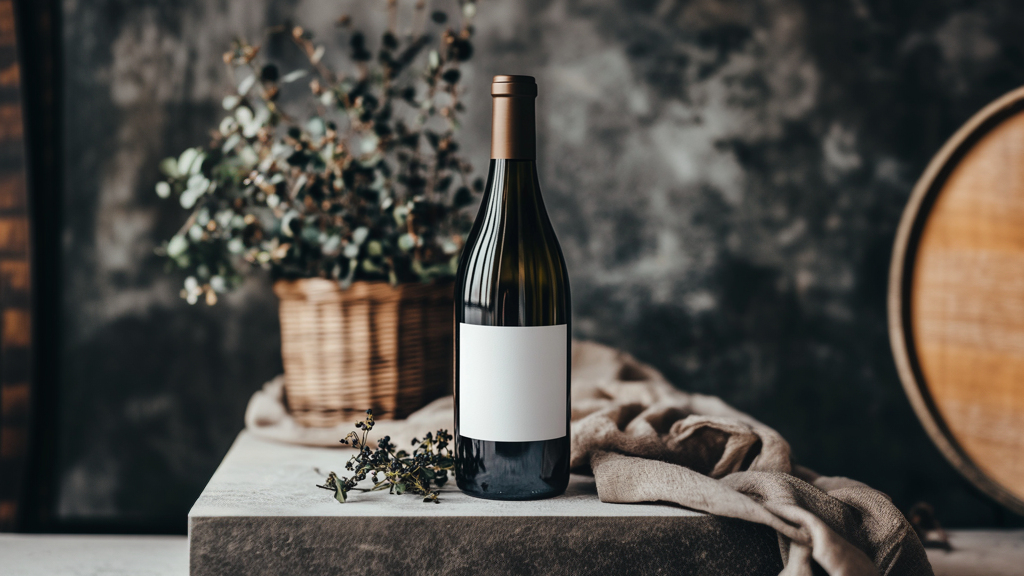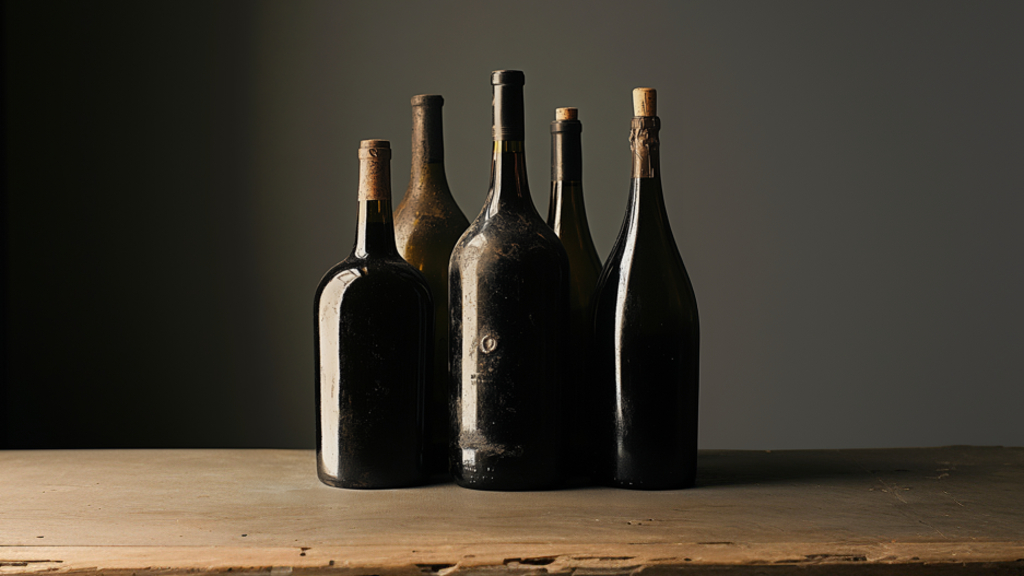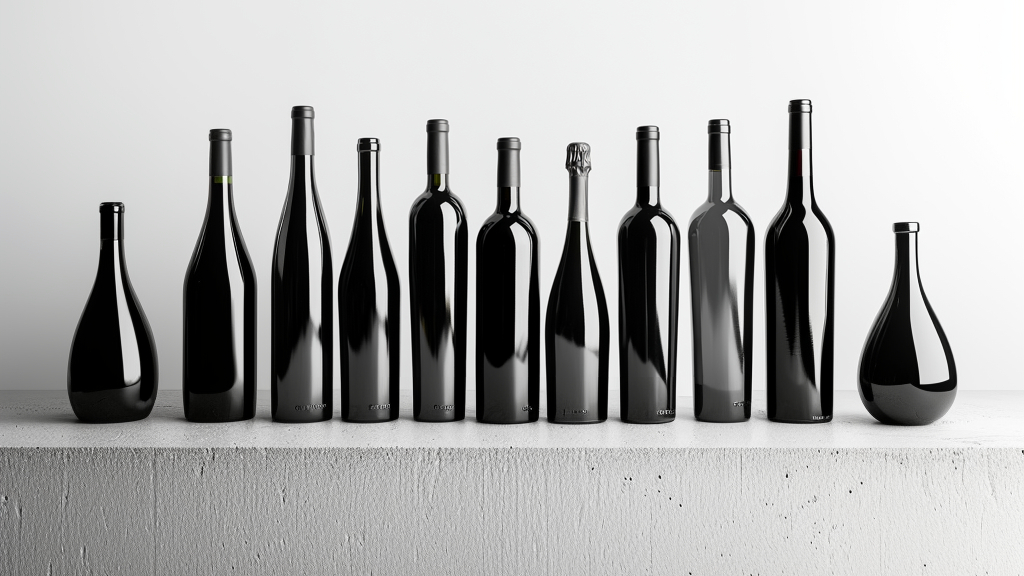Discover the Guidelines for Wine Labels
Wine Labels - What must and what must not be on them?

The wine label is often referred to as the business card of a wine. Labels help to correctly identify the contents of a wine. The label is a window into the world of wine and aids buyers in making purchase decisions. The information on the label is precisely regulated.
What must be on the label?
As wine expert Jens Priewe writes, the label is not solely there to inform the consumer about the contents of the bottle. It also satisfies emotional, visual, and aesthetic needs. Indeed, wine drinkers are attracted by the label and inspired to buy—or less likely to buy—because of it.
A wine label is not just an attractive design element but also contains a variety of mandatory details that provide the consumer with important information about the contents of the bottle. These legal requirements are meant to ensure transparency and trust, as well as guarantee the quality and origin of the wine.
However, the guidelines and details can change regularly, making it important for wine producers to stay up to date before designing their labels for new vintages. Here's an example of a labels from the vintage 2023.

Here is a brief overview of the most important mandatory details that must be on a wine label according to the European Wine Authority:
Name of the Wine
On every bottle, you will find the name of the wine - whether historical or fanciful, it's usually easy to find. Many times, the name could also simply be the grape variety of a wine (as an example: Merlot).
Vintage
For quality wines, the indication of the vintage is mandatory. This means that at least 85% of the wine must come from the stated vintage year. In our example above, we have the vintage 2023.
Nominal Volume or Quantity
The bottle content must be stated in milliliters, centiliters, or liters. Here's more about the different wine bottle sizes.
Origin and Quality Indication
The growing area must be indicated, including the region or country of origin. The indication of origin is mandatory, whether DOC, DOCG, IGT, etc. This is especially important for exporting wines.
Alcohol Content
In Europe, only full and half alcohol degrees can be stated—if necessary, rounding up or down. Meaning you won't find an alcohol content of 13.2 or 11.7. The tolerance to the actual alcohol content is 0.5% vol. The indication must always be made in volume percent.
Producer/Bottler
If a wine is made exactly or mostly from the producer's own grapes, it may say "producer-bottled" on the label. Otherwise, it states "bottled by...". It must be indicated where the wine was bottled.
Allergen Labeling or Sulfite/Sulfur Information
Although most wines contain sulfites, each label must contain a corresponding note, as it would be an exception for a wine not to contain sulfites. From December 8, 2023, new labeling rules for wine and aromatized wine products apply. The new EU regulation 2021/2117 mandates that information on nutritional value and ingredients be included on wine labels.
Additional mandatory information may apply in certain countries, such as instructions not to dispose of empty bottles in the environment or an official testing number for quality wines. Labels vary from country to country.
In essence, the label serves to ensure that the wine can be correctly identified. Vinoteqa offers users information on over 1 Million different wines, accessible with a simple click. This allows wine lists to be personalized and generated more easily than ever. Online, but not only: wine lists can also be printed in just a few steps. More info here.
Prohibited Indications
There are also indications that are prohibited on the label. These are primarily promotional or evaluative statements, such as claiming that a wine is excellent.
The Back of the Label
Unlike the front of a label, the back can be designed more freely. Here, winemakers and wineries have the opportunity to provide further information about the wine, its taste, philosophy, or even the soils. The back of the label often includes the winery’s address, website information, or even the name of the winemaker's family. Various seals, such as organic or vegan certifications, are also frequently found there.
Marketing
Classic labels on wine bottles are increasingly perceived by consumers as old-fashioned. While the Mouton-Rothschild winery, for example, has been letting contemporary artists design their labels for years, more and more producers are jumping on this trend. Labels are being creatively designed—in drop shapes, round, split, or other forms. These designs often appeal to a more extravagant and sometimes younger audience. It is important to remember: these accessories do not speak to the quality of a wine.
While new designs often attract buyers' attention and encourage purchase, ultimately, it’s the content of the bottle that matters.
Cheers 🍷


